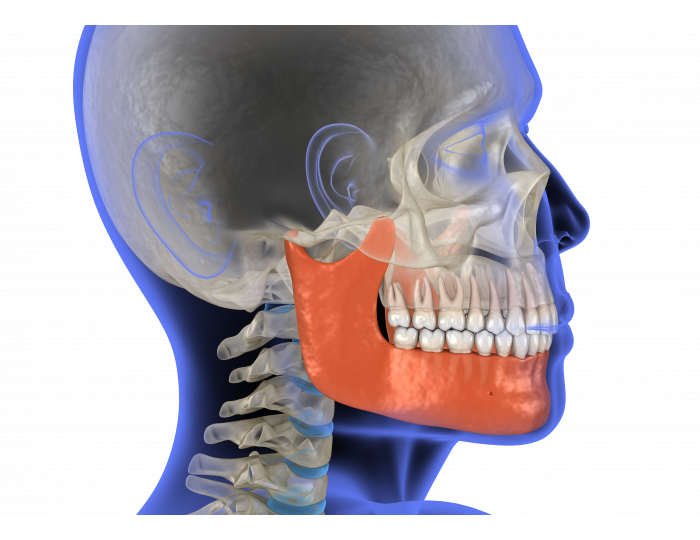How is Virtual Surgical Planning different from Conventional Surgery Planning?
How is Virtual Surgical Planning different from Conventional Surgery Planning?
The conventional surgery planning process
involves cephalometric radiographs with tracings, dental impressions, and
articulator-mounted models.
This technique has inaccuracies amplified
during the algorithmic process, whereas, in Virtual Surgical planning, the
patient’s DICOM file allows generating OPG and lateral-cephalogram and provides
the Orthodontist and the Surgeon with the pre-surgical COGS and several other
analyses.
In the conventional method, we also must
put efforts in taking alginate/rubber-based impressions, mounting of stone
models and repositioning of the models as per the surgical plan.
The advent of VSP has called into question
the efficacy and accuracy of Conventional Surgical Planning.
In Virtual Surgical Planning, the
three-dimensional imaging enables the surgeon to establish necessary osteotomy
planes preoperatively and assess different surgical scenarios.
It allows the surgeon to plan a minimally
invasive surgery. It follows the osteotomy line nearly the same as in a real
intraoperative osteotomy.
Surgical corrections can be undertaken with
ease in Virtual surgical planning.
The Occlusion contact points can be
visualized prior to the surgery which can help in planning the orthodontic
treatment after the surgery.
The most important advantage of Virtual
Surgical Planning that conventional surgical planning does not offer is the
profile outcome of the patient post-surgery.
Profile outcome prediction aids in
effective communication between the surgeon and the patient.
In orthognathic surgery, there are numerous
benefits obtained by integrating VSP technology –
Obtaining an accurate and detailed
representation of facial asymmetries and precise cephalometric data represents
a valuable diagnostic tool facilitated by 3D models.
The technique allows for adjustments in
simulating different operative techniques, which translates into customized
treatment plans and better outcomes.
The VSP provides an accurate assessment of
centric relation in the temporomandibular joint, which can be corrected if discrepancies
occur
A major contribution provided by Virtual
Surgical Planning is a more accurate evaluation of the subject's airway.
Maxilla and mandible movements significantly influence the airway volume of the
subject. Therefore, it should be considered in this phase of planning which
cannot be considered in conventional surgical planning.




-700x540.png)